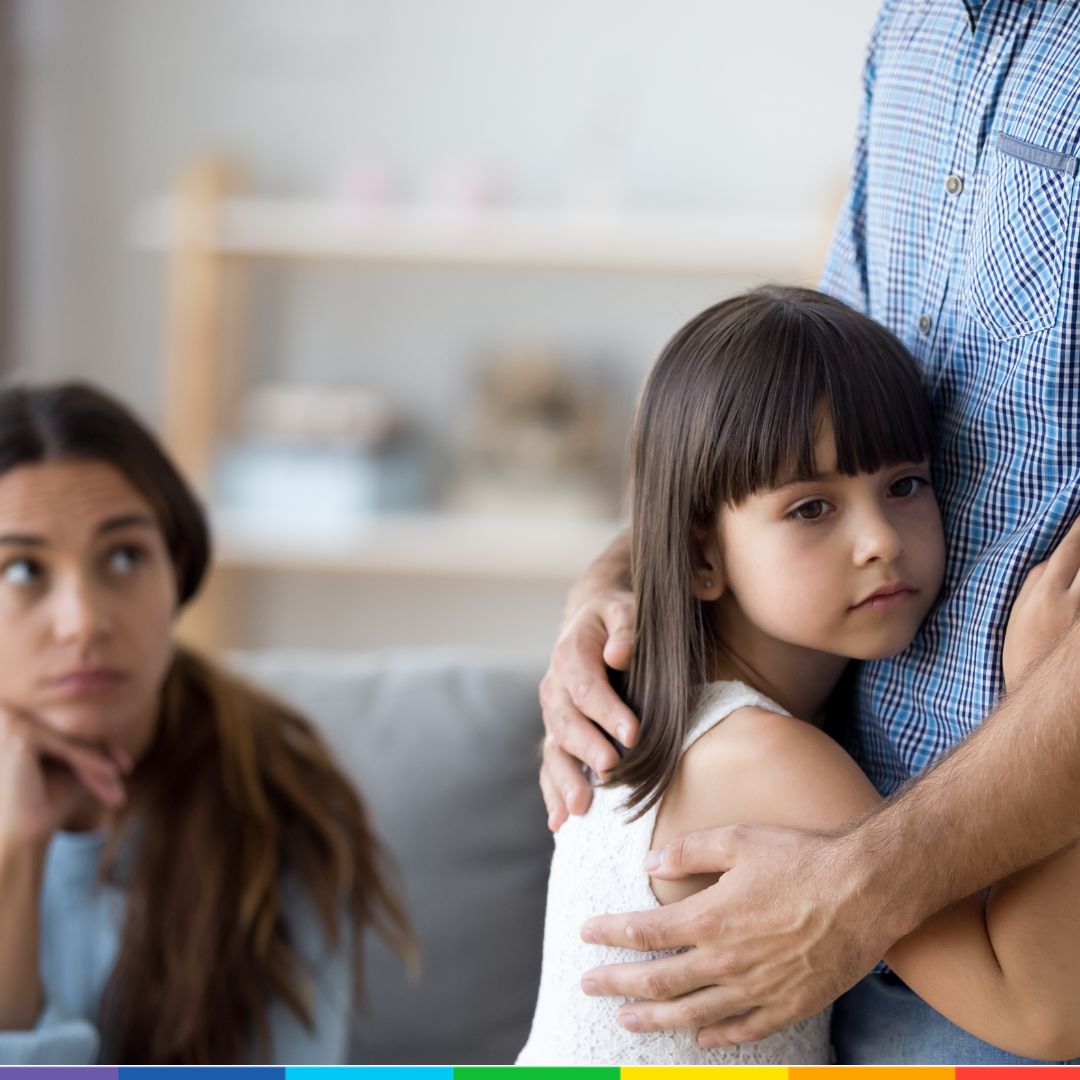
Parenting Tips
Parents Saying ‘No’ – How to Set Limits Without Guilt?
July 15, 2025
Related
Topics

Hey
-

Back to School: How to Prepare for a Smooth First Day?
September 1, 2025
-

How to Build Resilience in Children? – Never Give Up!
August 8, 2025
-

Parents Saying ‘No’ – How to Set Limits Without Guilt?
July 15, 2025
-

-

Green Parenting: How to Make Your Home More Eco-Friendly?
April 24, 2025
Ready for more?
Hey
Sign up for Rainbow Kiddies newsletters for more stories and updates
Ever wondered how to set loving limits without feeling guilty? Well, this post is all about how parents saying ‘No’ can be done the right way, and more!
As parents, saying “no” can be one of the hardest parts of the job. We want our kids to be happy, to feel heard, and to grow up in a positive, nurturing environment. So when we have to set boundaries — especially when it leads to tears, tantrums, or guilt — it can feel like we’re doing something wrong.
We worry:
“Will they feel rejected?”
“Am I being too strict?”
“Is this going to hurt our connection?”
But here’s the truth: Boundaries are a form of love. They give children the structure and safety they need to thrive emotionally and behaviorally. The trick is learning how to say “no” in ways that feel firm, kind, and guilt-free. Saying “no” is not unloving — when done with empathy, it becomes a powerful act of care.
At Rainbow Kiddies, we believe in setting heart-centered boundaries — where children feel safe, heard, and respected, even when the answer is no. Here’s how you can start saying “no” in a way that nurtures trust and love, not tension.
1. Shift from “NO” to “WHY”
Instead of a flat rejection, offer a short explanation. This builds understanding, not resistance.
Instead of: “No sweets.”
Try: “No sweets now because we’re about to have dinner.”
Why it works: Children are naturally curious. When you explain your reasoning, they feel included, not dismissed. It teaches logic and respect — and reduces power struggles. Further, this approach helps your child learn the reason behind the limit — and they’re more likely to cooperate.
2. Offer Choices Within Limits
Saying no doesn’t have to mean shutting down the conversation. Offer controlled choices that empower your child without compromising the boundary. This gives them a sense of control, even within boundaries.
Try:
“Yes, we can go to the park — tomorrow.”
“You can watch TV for 10 more minutes or save it for later. Your choice!”
Why it works: This makes your “no” feel like a boundary, not a rejection. Choices empower kids while keeping you in the driver’s seat. When kids feel like they have some say, they’re more likely to cooperate. It turns limits into opportunities for decision-making.
3. Reframe the Negative & Validate Feelings
Children want to feel heard. Instead of focusing on what not to do, try positive redirection. Try guiding them toward what to do while being empathetic.
Instead of : “No shouting!”
Try: “Let’s use our calm voice.”
Then validate their emotions: “I can see you’re upset. It’s okay to feel angry, but we still need to be gentle. Want to tell me what’s bothering you?”
This encourages emotional regulation, not suppression.
Why it works: Positive framing promotes emotional regulation and problem-solving. You’re helping your child feel understood while guiding behavior.
4. Stay Calm and Consistent
Kids test boundaries — and they’re looking to see if you’ll hold steady. Sometimes your child’s protests can push your buttons. But staying grounded helps them feel secure, even when they’re disappointed.
Child: “But I WANT that toy!”
Parent (calmly): “I know it looks fun, but we’re only here for groceries today.”
Your calm tone teaches self-control by example. The more consistent you are, the more secure your child feels.
Why it works: Calm responses show that limits are steady and loving — not about punishment or control.
5. Follow Through — Guilt-Free
Children will test limits. That’s part of their learning. Your job is to hold those limits with compassion — not cave in or feel guilty. You don’t need to feel bad for enforcing a boundary — even if it upsets your child.
Try: “I know you want to play more, but it’s bedtime. I’ll sit with you while you wind down.”
Stick to your “no” with empathy, and offer comfort, not compromise.
Why it works: Following through shows children that boundaries are reliable — and that love doesn’t waver just because they’re upset.
Bonus Tip: Use Stories & Play to Teach Boundaries
Sometimes, kids resist because they don’t feel seen. A warm hug, eye contact, or gentle tone can go a long way before setting the boundary.
At Rainbow Kiddies, we explore this through emotionally rich stories and videos that help kids understand limits, big emotions and everyday challenges through love. Try these resources:
Watch:
- “Why Parents Say No Sometimes” – Moon and Chloe discover that behind every “No” from a parent might be something even more important — love, safety, and care.
- “Why Too Much Screen Time is Bad for Kids” – Moon, and her family explore healthy screen habits and the importance of balance.
- “How to Handle Bullying by being Assertive” – Moon, a brave student learns how to handle peer pressure and bullying from her classmate Sun. With the support of her parents and some great advice, she learns to be assertive without being aggressive and helps Sun change too.
- Explore more videos on our YouTube channel.
Books to Read with Kids:
- “Understanding Emotions Through a Child’s Day” – Follow Moon as she experiences happiness, excitement, disappointment, and even fear, while also learning that it is OK to feel all kinds of emotions and express them openly.
- “When Sun Challenged Moon: Assertiveness Story for Kids to Handle Bullying” – Moon gets bullied by her classmate Sun at school. The story shows how she manages the situation by being assertive.
- Explore more books on Amazon and Book2Read.
In addition, to learn more about how to not react under stress, read our article on mindful parenting.
Final Thought
Setting boundaries doesn’t mean you’re being mean — it means you care enough to guide. When done with love, clarity, and calm, saying “no” becomes a beautiful part of your parenting toolbox.
So next time you feel guilty for saying “no,” remember:
You’re not shutting your child down — you’re showing them how the world works in the safest, most respectful and kindest way possible.
When done with warmth, empathy, and consistency, “no” becomes a gift of guidance — and one that helps children thrive emotionally and behaviorally.
Let your “no” be wrapped in connection, not guilt.
Happy parenting!
Sign Up for your Free Parenting Guide: “10 Everyday Ways to Raise an Emotionally Strong Child”




